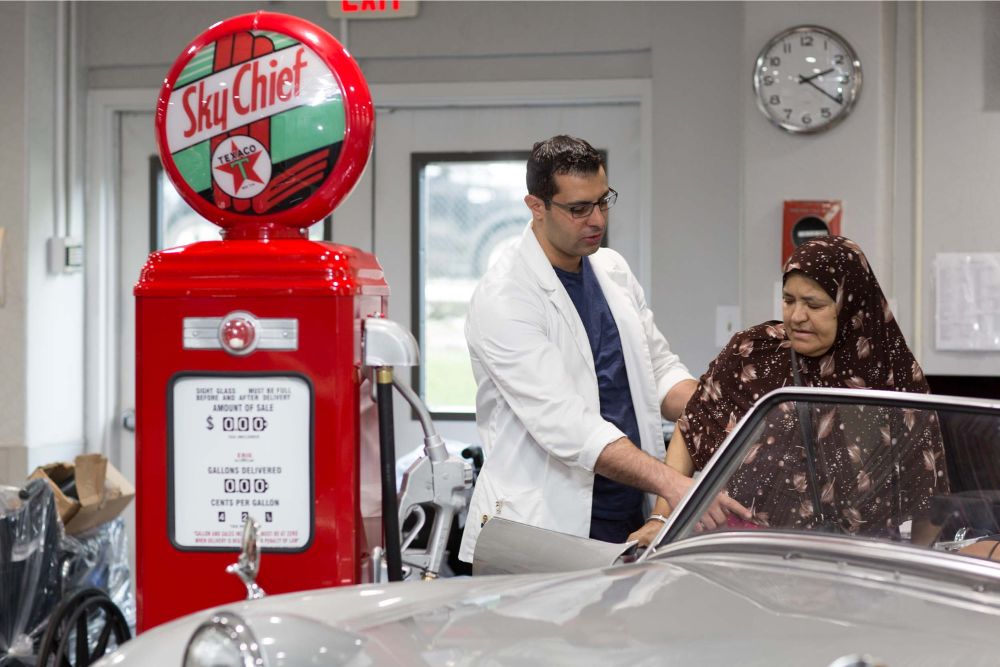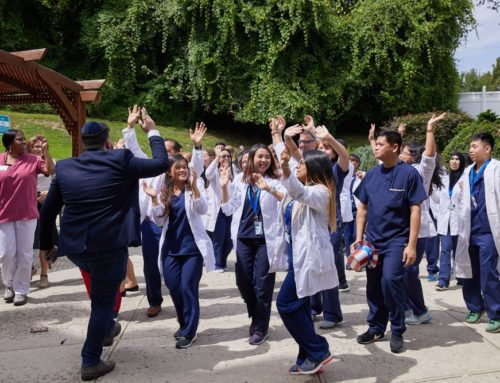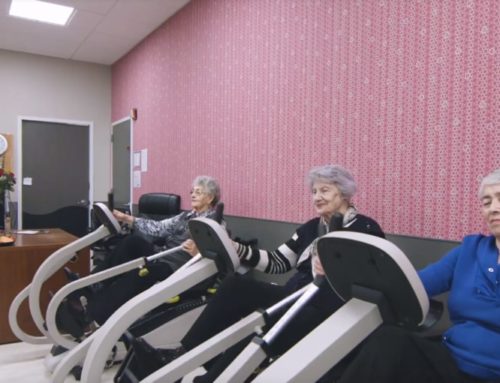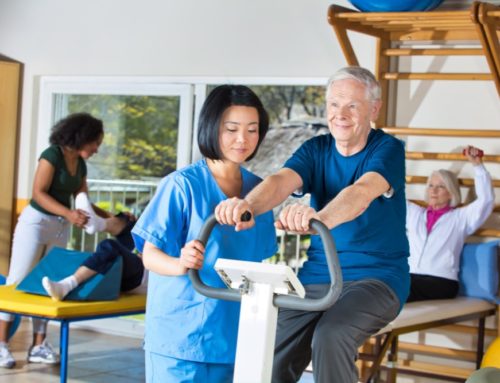Do You Get Full Range of Motion with A Knee Replacement?
When parts of the knee wear out, replacing the damaged area is required to ease pain, swelling, and stiffness. While many experience significant improvements in their range of motion, full range of motion after a knee replacement may not be possible for everyone.
An essential aspect of post-surgical treatment is physical therapy. It includes exercises targeting the knee joint and surrounding muscles to improve flexibility and strength. Joint replacement care also includes wound care to avoid infection, occupational therapy to increase function, reduce pain, and avoid complications.
The following sections offer more information on increasing flexibility after knee surgery.

Possibility of a Full Range of Motion After Knee Replacement
The extent to which you can get a full range of motion depends on few factors, including the rehabilitation process, which is crucial for a successful recovery, the individual, age, and the type of surgery.
The rehab includes physical therapy, wound care to avoid infection which often causes complications. Ignoring the rehab or part of it can be one of the reasons for not getting a full range of motion.
Exercises improve circulation and reduce the risk of blood clots. Over time, as the knee and surrounding area become stronger, the exercises become more advanced. After a few months, normal functions may be possible, though physical therapy should continue.
These activities also help rebuild the strength in the surrounding muscles to increase movement. Bending and straightening stretches will be included, though walking is also recommended. You may also be encouraged to climb a few stairs to increase range of motion after knee surgery.
To improve flexibility, follow the physical therapist’s advice as closely as possible. The more often you work the knee, the more range of motion improves and the stronger the leg becomes. Depending on the surgical procedure, exercises may be required daily or several times a day over the next several months.
How do you get rid of stiffness after knee replacement?
One obstacle preventing range of motion improvements after knee replacement is stiffness in the joint. Unfortunately, there isn’t a singular cause of stiffness.
One possible reason for stiffness after knee surgery is infection. It affects almost 25% of individuals, though age, coping styles, pain intensity, and social support are often factors.
Some individuals experience idiopathic arthrofibrosis, which results from abnormal scar tissue formations in the joint. The excess tissue reduces the ability to fully stretch or bend the knee joint, reducing range of motion. It may also increase swelling and pain, reducing the ability to bend and flex the knee.
Heterotopic ossification may also occur post-surgery, causing bone tissue to develop in the soft tissues. It prevents proper movement of the joint, increasing stiffness and decreasing range of motion.
To prevent such complications, follow the guidelines set by a physical therapist. The exercises keep the joint moving, reducing the buildup of scar or bone tissue. Pain management is also crucial to improve range of motion after knee replacement to improve the experience during physical activities. In some cases, surgical intervention may also be required.
Resources:
https://www.hss.edu/article_exercises-after-knee-replacement.asp
https://orthoinfo.aaos.org/en/recovery/total-knee-replacement-exercise-guide/
https://www.ncbi.nlm.nih.gov/pmc/articles/PMC6836076/
This article contains informational and educational materials and does not replace health or medical advice. For questions or concerns regarding your medical condition or health objectives, speak to a qualified physician or healthcare provider.






Leave A Comment